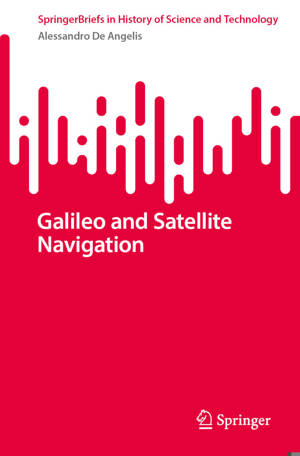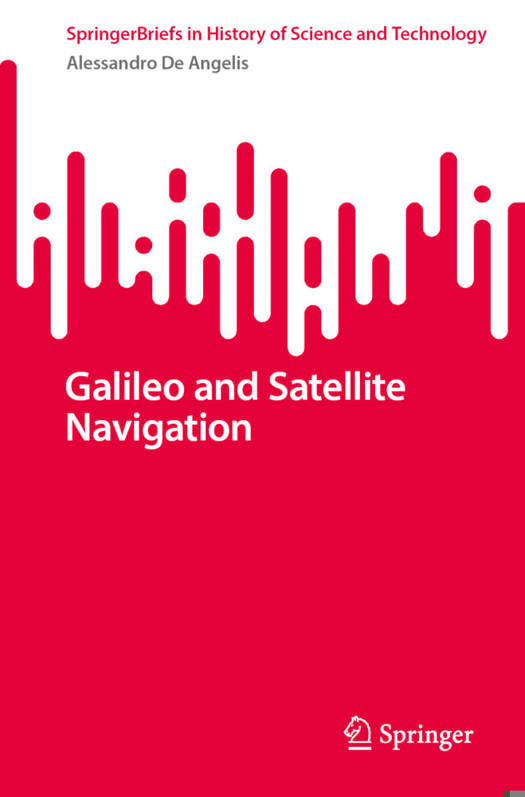
- Afhalen na 1 uur in een winkel met voorraad
- Gratis thuislevering in België vanaf € 30
- Ruim aanbod met 7 miljoen producten
- Afhalen na 1 uur in een winkel met voorraad
- Gratis thuislevering in België vanaf € 30
- Ruim aanbod met 7 miljoen producten
Omschrijving
This book explores the Galilean method for geolocation, placing it in historical and astronomical context. It bridges the techniques developed by the Greeks and medieval astronomers with later innovations like precision clocks, 20th-century wireless technology, and space-based navigation.
The primary source is the twenty-volume National Edition of the Works of Galileo (published 1890-1909 by Antonio Favaro) and the update edited by Michele Camerota and Patrizia Ruffo in 2019, which includes previously unpublished documents on Galileo's negotiations with the Spanish government for selling his longitude-determining method at sea.
This book inspired the 2024 "International Research Day in the World," focused on geolocation, organized by the Italian Permanent Delegation to International Organizations in Paris. In collaboration with Museo Galileo in Florence and Sorbonne Université, the event featured the exhibition "Galileo and Satellite Navigation," showcased at the Pierre et Marie Curie Campus in Paris (June 13-28, 2024), and later at the Italian Institutes of Culture in Prague and Amsterdam, and at the Perimeter Institute in Waterloo, Canada.
Specificaties
Betrokkenen
- Auteur(s):
- Uitgeverij:
Inhoud
- Aantal bladzijden:
- 73
- Taal:
- Engels
- Reeks:
Eigenschappen
- Productcode (EAN):
- 9783031787980
- Verschijningsdatum:
- 27/12/2024
- Uitvoering:
- Paperback
- Formaat:
- Trade paperback (VS)
- Afmetingen:
- 156 mm x 234 mm
- Gewicht:
- 131 g

Alleen bij Standaard Boekhandel
Beoordelingen
We publiceren alleen reviews die voldoen aan de voorwaarden voor reviews. Bekijk onze voorwaarden voor reviews.









